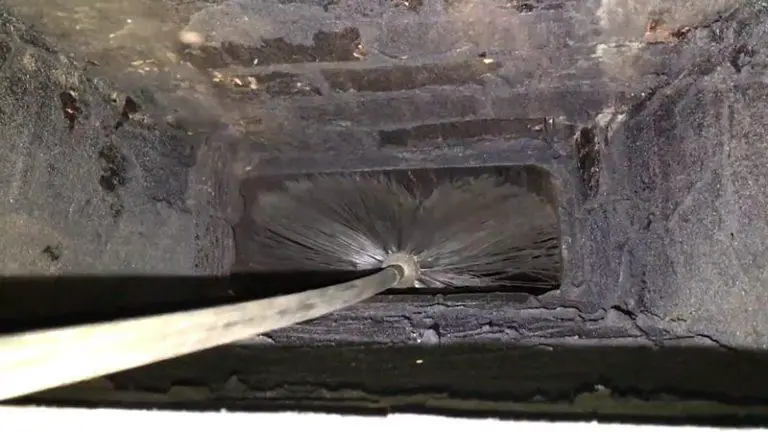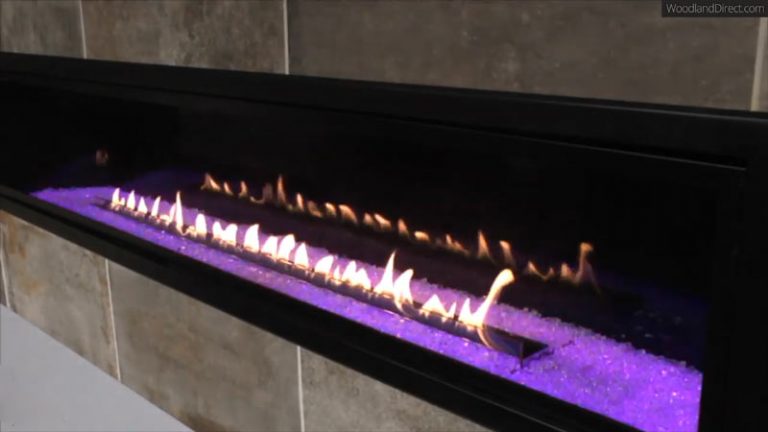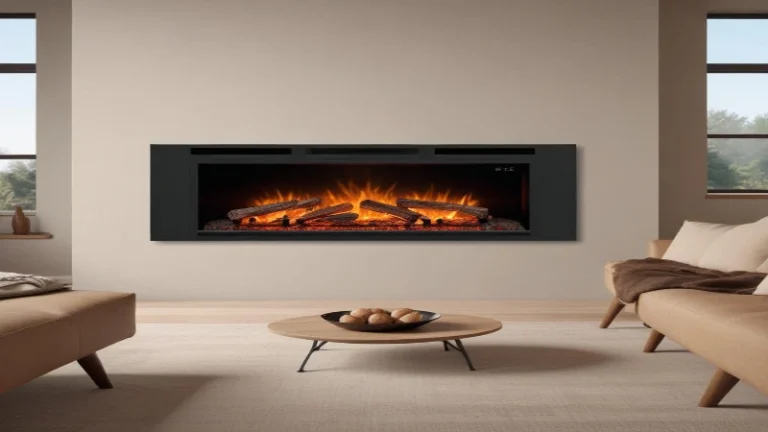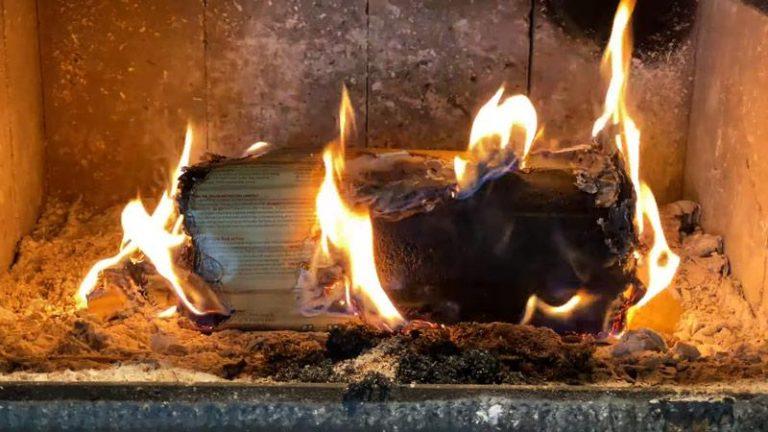How to Install Gas Fireplace?
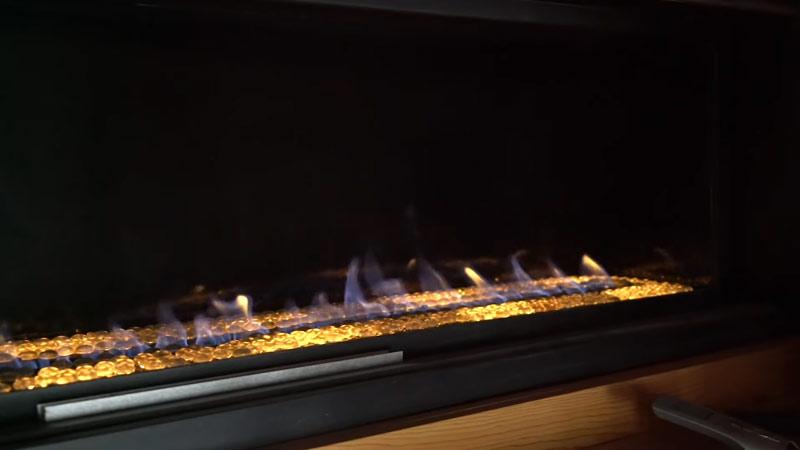
If you’re looking to install a gas fireplace, you’ve come to the right place! Installing a gas fireplace can be a great way to add warmth and ambiance to your home.
There are several steps involved in the installation process, including running electrical power to the fireplace, removing the existing chimney cap and damper, dropping airflow intake and exhaust liners down the flue.
Then place the fireplace near an existing gas line and securing the piping, sealing the area around the pipe and the fire stop with high-temperature caulk, installing the exterior fire stop and the drip cap.
Then place a new damper on the top of the chimney and caulking the sides, attaching a screened cover and a damper latch, and spraying the fireplace with high-temperature paint and installing the gas log kit.
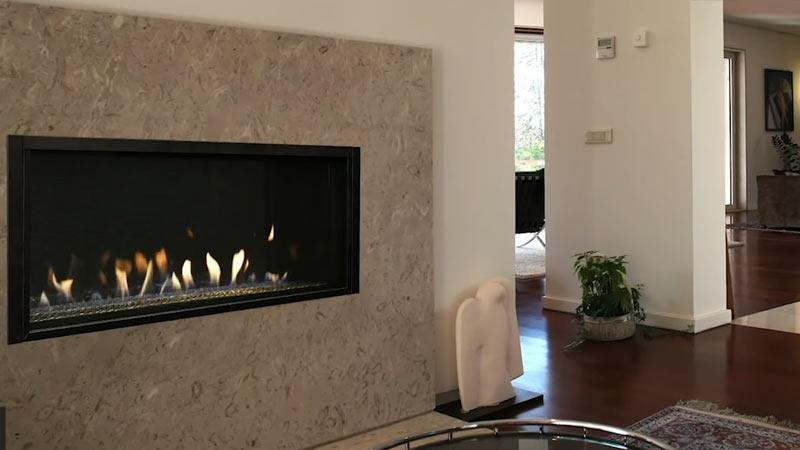
You'll Learn About
Tools You Need
When installing a gas fireplace, you will need several tools to ensure that the installation process is safe and efficient. Here are some of the tools you may need:
- Brad nail gun: Used to attach the platform to the floor.
- Caulk gun: Used to apply caulk to the fireplace surround.
- Circular saw: Used to cut the drywall and lumber.
- Cordless drill: Used to drill holes for screws and to install the gas line.
- Drill bit set: Used to drill holes of different sizes.
- Drywall sander: Used to sand the drywall.
- Drywall saw: Used to cut the drywall.
- Dust mask: Used to protect your lungs from dust and debris.
- Hammer: Used to drive nails into the lumber.
- Hearing protection: Used to protect your ears from loud noises.
- Knee pads: Used to protect your knees while working on the floor.
- Knockdown knife: Used to apply joint compound to the drywall.
- Level: Used to ensure that the platform is level.
- Mud pan: Used to hold joint compound while applying it to the drywall.
- Paintbrush: Used to apply paint to the fireplace surround.
- Rasp: Used to smooth rough edges on the lumber.
- Roller sleeve: Used to apply paint to the fireplace surround.
- Roller tray: Used to hold paint while applying it to the fireplace surround.
- Sanding block: Used to sand the lumber.
- Sanding pole: Used to sand the drywall.
- Screw gun: Used to drive screws into the lumber.
- Socket/ratchet set: Used to tighten nuts and bolts.
- Straightedge: Used to ensure that the platform is straight.
- Stud finder: Used to locate studs in the wall.
- T-square: Used to ensure that the platform is square.
- Tape measure: Used to measure the dimensions of the room and the fireplace.
- Tin snips: Used to cut the metal drip cap.
- Utility knife: Used to cut the drywall and lumber.
Part 1: Gathering Materials For Your Gas Fireplace
Pick a location for the fireplace
- Consider a variety of factors when deciding where your fireplace should go. The fireplace should enhance the design and character of the room but it should also be placed where installation of a gas line, an electrical circuit, and an exhaust pipe will be most convenient if at all possible.
- It is usually easiest to install a standalone gas fireplace on an exterior wall, as the venting pipe can go straight out the wall. Also, remember that the pipe will need to go between studs, so you should take that into consideration when picking an exact location.
Order a gas fireplace
- There are many styles to choose from. It may be helpful to go to a fireplace showroom, so that you can see all the different styles that are available to you.
- It may be easiest to order all the parts you will need for your exhaust piping when ordering your fireplace. This will include pipe between the fireplace and the wall, a wall-pass-through, and exterior pieces for the pipe.
Build or purchase a platform for the fireplace
- The actual fireplace unit is fairly small and it is dangerous to have it sit directly on the floor. To get the fireplace off of the floor, you will need to build a platform.
- Use materials that match the décor of the room but that will create a non-combustible surface for the fireplace to sit on. This could include masonry or ceramic tiles, for example.
- Fireplace companies may have pre-made platforms for you to purchase.
- Be sure to consult any manufacturer’s instructions regarding how the platform should be installed and what it can be made from.
- You will also need to allow for any clearance around the fireplace that is required by the manufacturer’s instructions. This will probably include clearances from combustible surfaces in the room and positioning so that the exhaust pipe can be appropriately installed.
Part 2: Preparing the Area For Your Gas Fireplace
- Place the fireplace in its final position.
- When you have found the spot in the room where you want to place the fireplace and placed the platform, set the fireplace on top of the platform.
- Remove the existing chimney cap and damper.
- Drop airflow intake and exhaust liners down the flue.
- Place the fireplace near an existing gas line and secure the piping.
- Seal the area around the pipe and the fire stop with high-temperature caulk.
- Install the exterior fire stop and the drip cap.
- Place a new damper on the top of the chimney and caulk the sides.
- Attach a screened cover and a damper latch.
- Spray the fireplace with high-temperature paint and install the gas log kit.
Part 3: Install the Gas Fireplace
- Assemble the gas fireplace components.
- This includes building or purchasing a platform for the fireplace, ordering a gas fireplace, and installing the gas line.
- Install the gas fireplace.
- This involves placing the fireplace in its final position, connecting the gas line to the fireplace, and testing the fireplace for leaks and safety.
- Install the ventilation system.
- This includes building the fireplace structure, installing the venting system, and connecting the gas or electric supply.
- Finish the installation.
- This involves applying the final touches, such as adding a mantel or surround, and cleaning up the installation area.
Things You Need to Consider
When installing a gas fireplace, there are several things to consider.
First, you should choose a location that enhances the design and character of the room while also being convenient for installation of a gas line, an electrical circuit, and an exhaust pipe. It is usually easiest to install a stand-alone gas fireplace on an exterior wall, as the venting pipe can go straight out the wall.
Second, you should order a gas fireplace that suits your style and needs. There are many styles to choose from, and it may be helpful to go to a fireplace showroom to see all the different styles that are available to you.
Third, you should build or purchase a platform for the fireplace. The actual fireplace unit is fairly small, and it is dangerous to have it sit directly on the floor. To get the fireplace off of the floor, you will need to build a platform. Use materials that match the décor of the room but that will create a non-combustible surface for the fireplace to sit on.
Fourth, you should ensure that the installation location is cleared of furniture, carpets, or any other items that could hinder the installation process. Make sure a clear pathway is available for the installers to move freely. Also, care for flame adjustments. Otherwise it might not lit properly.
Finally, before installing a gas fireplace, it’s crucial to check for local permits and regulations. An improperly installed gas fireplace could cause severe damage or even death. In some areas, a permit is required for gas fireplace installation.
Final Words
Installing a gas fireplace can be a great way to add warmth and ambiance to your home. However, it’s important to consider all the factors before beginning the installation process. You should choose a location that enhances the design and character of the room while also being convenient for installation of a gas line, an electrical circuit, and an exhaust pipe.
You should also order a gas fireplace that suits your style and needs, build or purchase a platform for the fireplace, ensure that the installation location is cleared of furniture, carpets, or any other items that could hinder the installation process, and check for local permits and regulations.
You can also easily run wires behind them.

